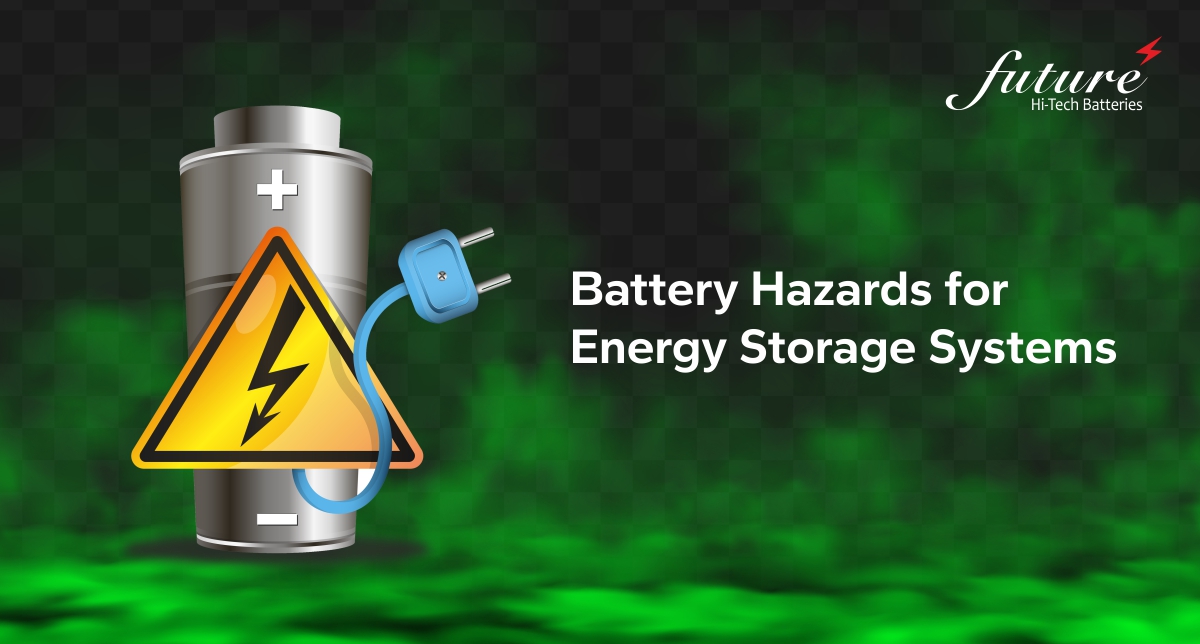Li-ion batteries have become popular in new grid-level installations due to their rapidly decreasing prices and wide availability in the market. Large ESSs are manufactured with a variety of Li-ion chemistries, from those with a lithium iron phosphate (LFP) cathode to those with a nickel manganese cobalt oxide (NMC) cathode and with graphite, silicon composite, or lithium titanate (LTO) anodes. Moreover, the second-life use of aged Li-ion batteries from electric vehicles in less demanding stationary applications has become a feasible concept to extend the useful life of those batteries.

Lorem ipsum dolor sit amet, nec in adipiscing purus luctus, urna pellentesque fringilla vel, non sed arcu integer, mauris ullamcorper ante ut non torquent.
However, the economic viability of Li-ion battery reuse needs to be solved, and challenges regarding the safety of aged batteries, state-of-health determination, and compatibility issues need to be overcome.6,7 Other battery technologies, such as lithium−sulphur, sodium-ion, and magnesium-ion types, are suitable for future use in grid applications due to their high energy density. However, these systems are still in the developmental stage and currently suffer from poor cycle life, preventing their use in grid energy storage applications. Hazards for Li-ion batteries can vary with the size and volume
of the battery, since the tolerance of a single cell to a set of off-nominal conditions does not translate to a tolerance of the larger battery system to the same conditions.
Li-ion batteries are prone to overheating, swelling, electrolyte leakage venting, fires, smoke, and explosions in worst-case scenarios involving thermal runaways. Failures associated with Li-ion batteries are described to be deflagration in nature. However, the gases produced as a result of a fire, smoke, and/or thermal runaway can accumulate to a combustible level in the installation location and cause an explosion (detonation). In general, the off-nominal conditions that can cause the occurrence of catastrophic events with Li-ion batteries can be categorized into electrical, mechanical, and environmental types. The most common electrical hazards are over-charge, over-discharge, and external and internal short circuits.
FAILURE MODES
There are several ways in which batteries can fail, often resulting in fires, explosions and/or the release of toxic gases.
Thermal Abuse: Energy storage systems have a set range of temperatures in which they are designed to operate, which is usually provided by the manufacturer. If operating outside an acceptable temperature range, the ESS may not work as intended, may result in premature aging of the battery, and can even cause a complete failure that can lead to fire and explosions. Thermal abuse is caused by external sources, it is the result of contact with burning or overheated adjacent cells, elevated temperatures, or exposure to other external heat sources associated with both storage of the cells or the environment in which the ESS is installed.
Electrical Abuse: Electrical abuse takes place when a battery is overcharged, charged too rapidly, or externally short-circuited. This can also occur if the battery is discharged too rapidly or if the battery is over-discharged below its specified end voltage. Electrical abuse can lead to an inoperable ESS, overheating, fire, and explosion.
Mechanical Abuse: Mechanical abuse occurs if the battery is physically compromised when the battery is crushed, dropped, penetrated, or otherwise distorted to failure by mechanical force.
Internal Faults: Internal faults can result from inadequate design, the use of low-quality materials, or deficiencies in the manufacturing process. It might be worth noting that the failure rate for lithium-ion cells is said to be on the order of one in a million.
Environmental Impacts: Environmental impacts can lead to battery failure. This can be the result of ambient temperature extremes, seismic activity, floods, ingress of debris or corrosive mists such as dust (deserts) or salt fog (marine locations), or rodent damage to wiring. Some locations subjected to rapid temperature variations such as in the mountains can experience dewing leading to damage within the ESS located outdoors if not well-controlled.
Battery Management Systems
All Li-ion batteries, irrespective of the battery voltage and capacity and the number of cells in the battery pack, are designed with a battery management system (BMS). The complexity of the BMS varies widely, depending on the requirements of the battery design as well as the application in which the battery is used.
Li-ion cells require cell/cell bank voltage monitoring and control irrespective of the size and design configuration of the battery pack. The BMS does the function of monitoring and controlling the voltage, current, and temperature of the battery. The BMS also carries out the function of cell balancing that provides protection against any single cell going over or under its voltage limit but also extends the life of the battery when cells are electrochemically stabilized and function in a more uniform manner.
BMSs used in large ESS installations must be effective in monitoring the system behaviour and preventing any deviations from nominal operations. Integration of the BMS
with overall control systems for protection and suppression against hazards in instances of off-nominal conditions and verification of the order of the operation should be a priority.
An important aspect of the BMS is the ability for the operator to remotely monitor the data in order to recognize off-nominal behaviour immediately and also in order to provide first responders and fire fighters the relevant information needed for safe entry into a faulty or failed stationary BESS.










Your Comment Please